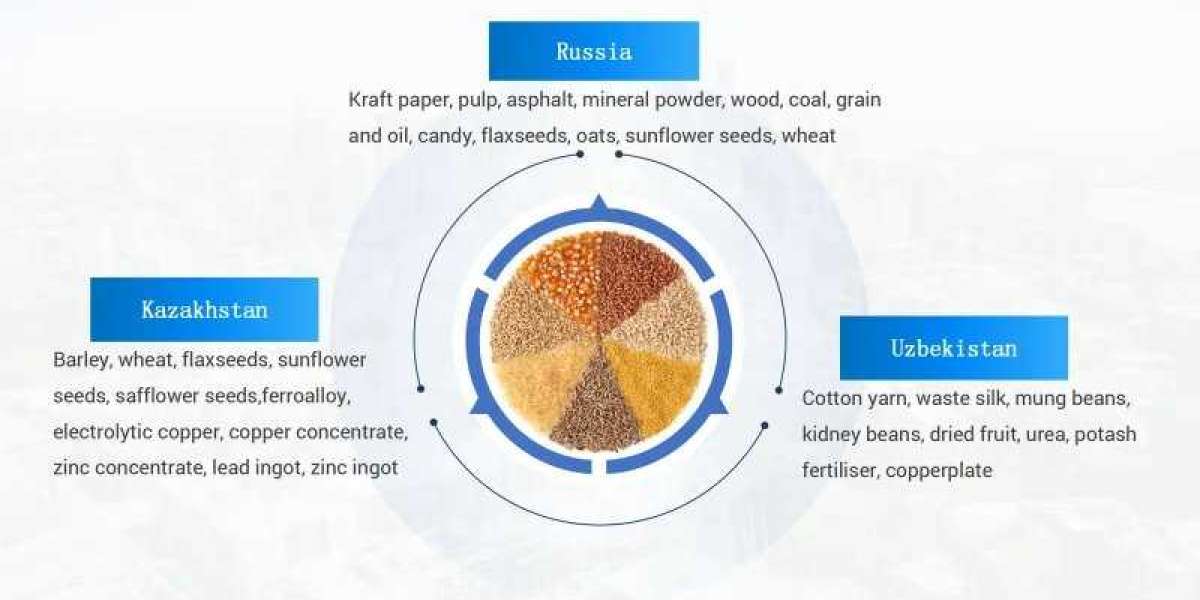With globalization and the increasing demand for agricultural products worldwide, international transportation of these goods has become a vital aspect of the supply chain. The transportation of agricultural products across borders involves several unique features and challenges. In this blog post, BENMA LOGISTICS will explore the key features of agricultural products international transportation, shedding light on the complexities involved and highlighting the measures taken to ensure the safe and efficient movement of these essential commodities.
Perishability and Time Sensitivity:
One of the distinctive features of agricultural products is their perishability. Fruits, vegetables, dairy products, and other perishable items have a limited shelf-life and require prompt transportation to maintain freshness and quality. International transportation therefore demands efficient logistics planning to minimize transit time and ensure that products reach their destinations in optimal condition. Various techniques, including temperature-controlled shipping containers and refrigeration facilities, are employed to preserve the freshness and extend the shelf-life of these products during long-distance journeys.
Regulatory Compliance:
International transportation of agricultural products involves compliance with multiple regulations and standards imposed by different countries to ensure safety, quality, and biosecurity. These regulations may include documentation requirements, such as phytosanitary certificates, certificates of origin, or import permits. Additionally, specific quality standards and sanitary regulations must be met to prevent the spread of pests, diseases, and contaminants across borders. Farmers, exporters, and transportation companies involved in the international movement of agricultural products must stay up to date with the ever-evolving regulations to avoid delays, penalties, or rejection of their shipments.
Packaging and Handling:
Proper packaging and careful handling of agricultural products are crucial to protect them from physical damage, contamination, or spoilage during transportation. Packaging materials must be robust, resistant to moisture, and capable of maintaining the product's quality and integrity. For example, fruits and vegetables are often packed in crates, pallets, or cartons with appropriate cushioning and insulation. Delicate products like flowers or fresh herbs may require specialized packaging to maintain their freshness. Moreover, loading and unloading processes must also be conducted with caution to prevent unnecessary bruising or damage, ensuring that the products reach their destination in prime condition.
Traceability and Documentation:
Tracing the origin and movement of agricultural products is essential to facilitate trade, meet regulatory requirements, and address food safety concerns. International transportation of agricultural products involves detailed documentation, including bills of lading, consignment notes, certificates of analysis, and insurance certificates. These documents serve as proof of ownership, provide information about the product's journey, and assist in tracking its movement. Additionally, technology such as barcoding, RFID (Radio Frequency Identification), or blockchain is increasingly utilized to improve traceability and enhance transparency throughout the supply chain.

Transportation Modes and Infrastructure:
International transportation of agricultural products relies on various modes of transportation, including road, rail, sea, and air. The choice of transportation mode depends on factors such as product type, distance, urgency, and cost considerations. Perishable products may require faster modes like air freight to minimize transit time, while bulk commodities like grains or oilseeds might be well-suited for shipping by sea. Efficient transportation infrastructure, including well-maintained roads, railways, ports, and airports, is essential to facilitate the smooth movement of agricultural products across borders.
Environmental Considerations:
As the world becomes more conscious of environmental impacts, sustainable transportation practices have gained importance in the international movement of agricultural products. Efforts are being made to minimize carbon emissions, reduce food waste, and optimize transportation routes to reduce fuel consumption and associated environmental footprint. Additionally, increasing emphasis is placed on adopting eco-friendly packaging materials and optimizing packaging sizes to reduce waste and promote recycling.
Conclusion:
International transportation of agricultural products is a complex and challenging process, requiring careful planning, adherence to regulations, and efficient logistics. Time sensitivity, perishability, regulatory compliance, appropriate packaging, traceability, and choice of transportation modes are crucial factors that need to be considered. By understanding the unique features and challenges associated with agricultural products international transportation, stakeholders involved can collaborate to optimize logistics strategies, ensure product quality, and contribute to the sustainable and efficient movement of these vital commodities across borders.
https://www.benmaglobal.com/Features-of-agricultural-products-international-transportation.html








